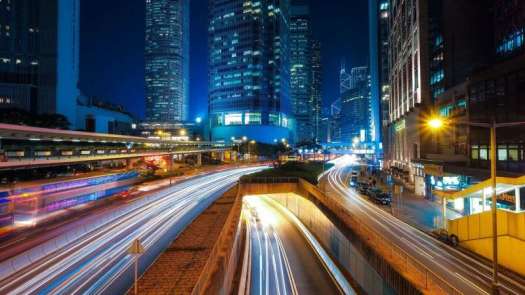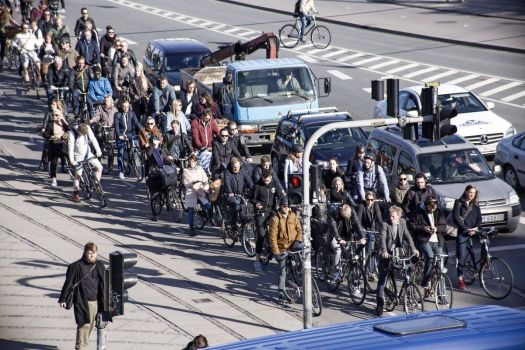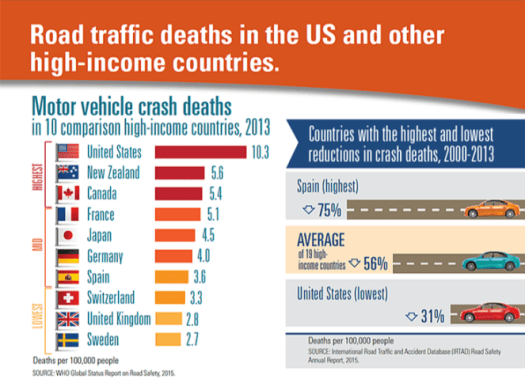News!
Asbury Park Complete Streets Coalition will host a League Of American Bicyclists Cycling Instructor seminar on November 3rd, 4th, and 5th at The Boys And Girls Club.
Bicycling in Asbury Park has been transforming over the 8 years years that APCSC has been in existence.
When APCSC was founded there was only one (very worn) bike lane in the city.
People were riding bikes for daily transportation or recreation with zero awareness of the need for safe infrastructure. Main Street was a speeding 4 lane highway, many businesses had been abandoned, and drivers ruled city streets.
Locals began advocating with us and learning how we can #slowthecars with traffic calming measures like bike lanes, bumpouts, mini traffic circles, raised crosswalks, and speed bumps. The Main Street road diet was implemented after an energetic 18 months APCSC campaign.
Streets that are safe for anyone at any age to ride a bike will encourage people to ride bikes.
Residents and visitors now are beginning to understand the need for safe bike riding infrastructure – for health, economic, and social benefits.
We still have a long way to go, but improvements are being made all over the city. During these years people have become aware of the need for equitable mobility for the most vulnerable road users – which is everyone outside of a vehicle.
Take a look at the Asbury Park Plan For Walking And Biking, particularly beginning on page 63 to see plans for the current work on Memorial Drive!
Our hope is that we might be able to encourage parents, teachers, and residents to be a part of a “Bike Bus” – a global movement in which adults on bikes pick up kids on bikes at “bus stops” all over town and guide them to school.
Here’s a video of Montclair’s Bike Bus In action on a recent Friday with 163 kids. 143 adults!
And in Williamsburg, Brooklyn: Make Way for the Bike Bus. For the school commute, families are taking to the streets with two wheels. Some have termed the movement “kidical mass.”
This is where League of American Bicyclist Instructor training comes in!
The League Seminar will equip instructors to educate members of the community, particularly parents and school kids to ride bikes confidently and safely.
Certified LCIs are empowered to teach courses that cover youth riding, how to ride confidently and legally with traffic, how to share paths and trails, motorist education, bike handling, group riding, and more.
Membership in The League Of American Bicyclists and the Smart Cycling course are prerequisites. The courses are held throughout the year in locations all over the US.
For more information, email apcompletestreets@gmail.com if you’re interested in becoming a League Certified Instructor.
Onward~
Polli Schildge, Editor APCSC

















